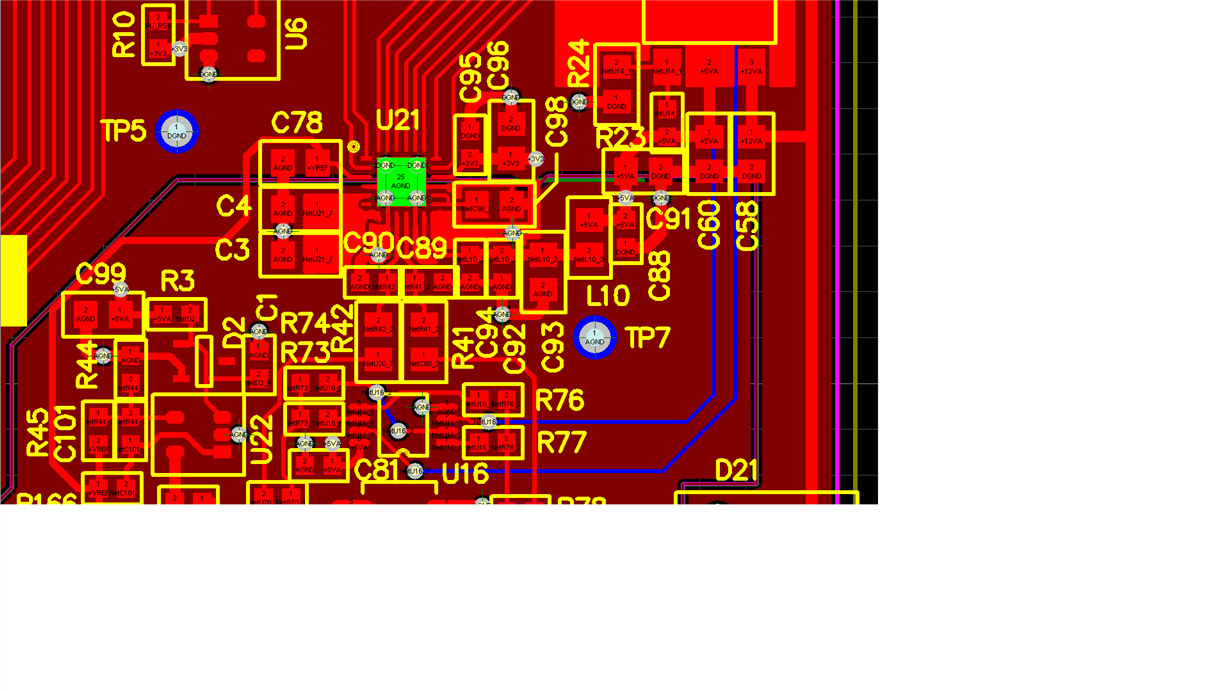Hi.
We are using the above converter in QSPI mode with the data being read by an FPGA.
There is a very odd fault in that the data lines all read the same value (either all ones or all zeros depending upon Vin) in each of the four nibbles that are read.
All other bits work correctly resulting in steppy data of xxFx or xx0x only. We have verified this on a 'scope and it is consistent. Vref = 4.5V, RVdd = 5.0V, DVdd = 3.3V. SPI clock = 16MHz, conversion period = 2us.
RVS is used to start the data transfer and all SPI timing restrictions have been observed.
Unfortunately I don't have another chip right now to check if this one is damaged, but there is no reason it should be.


